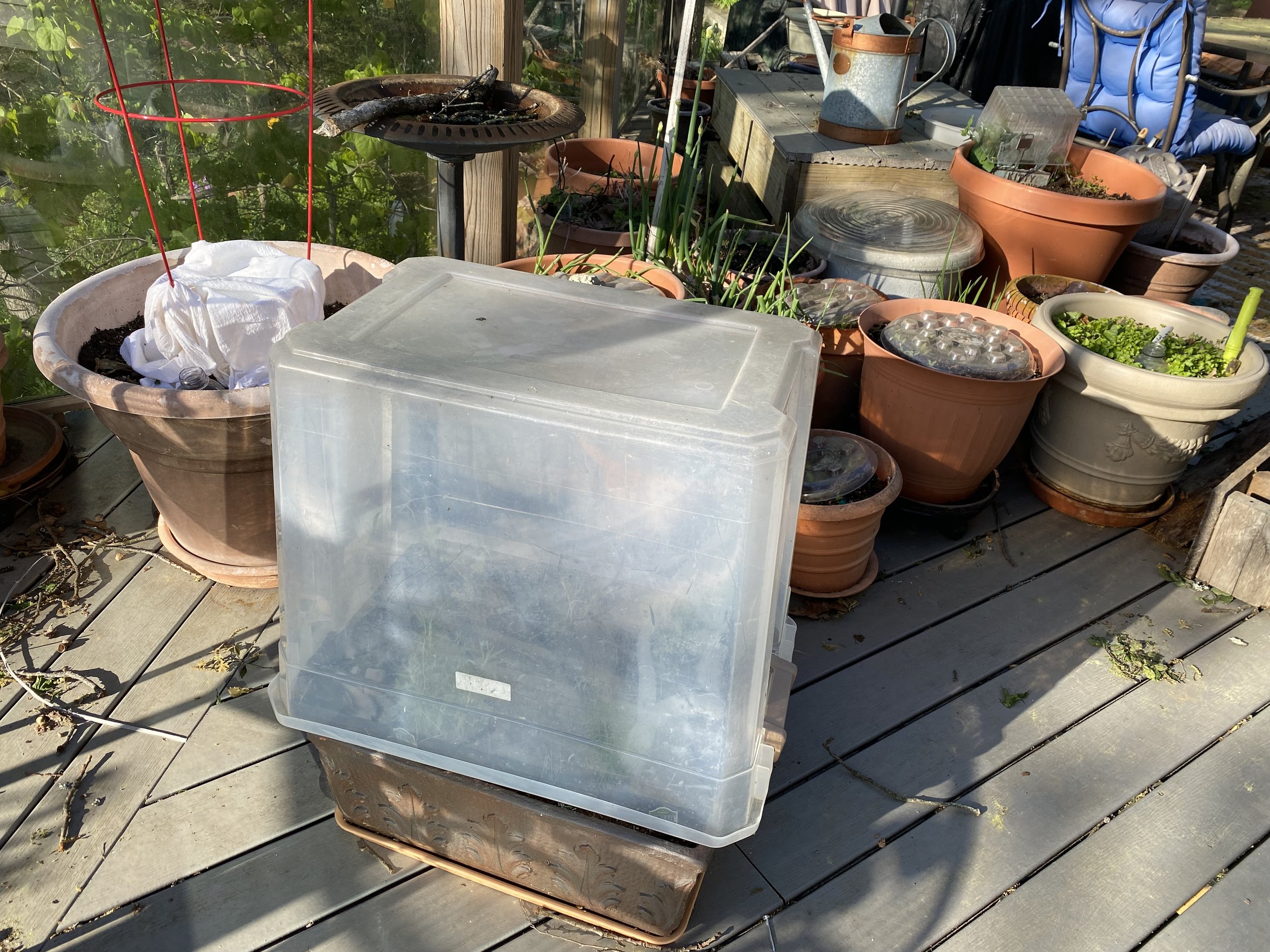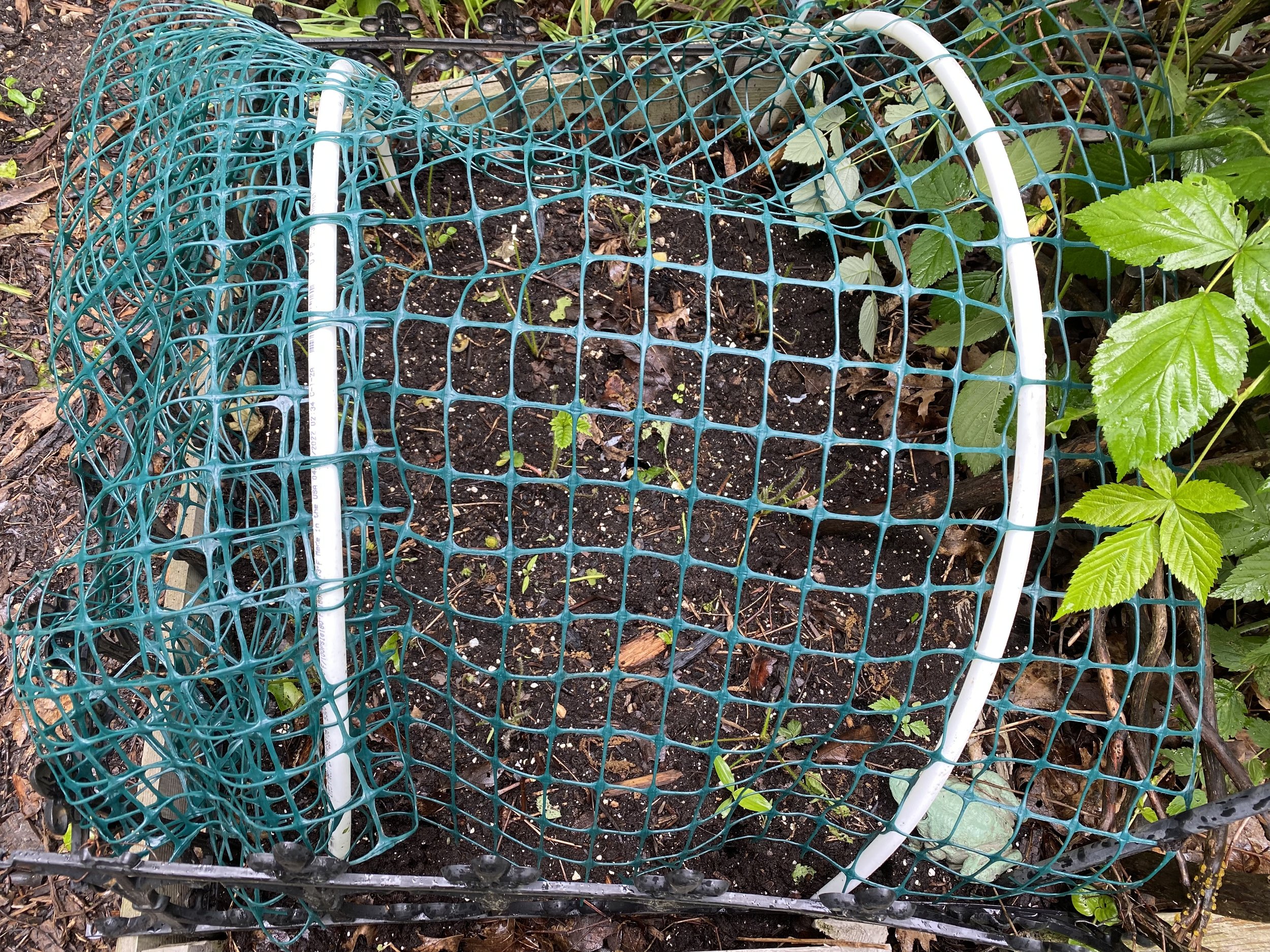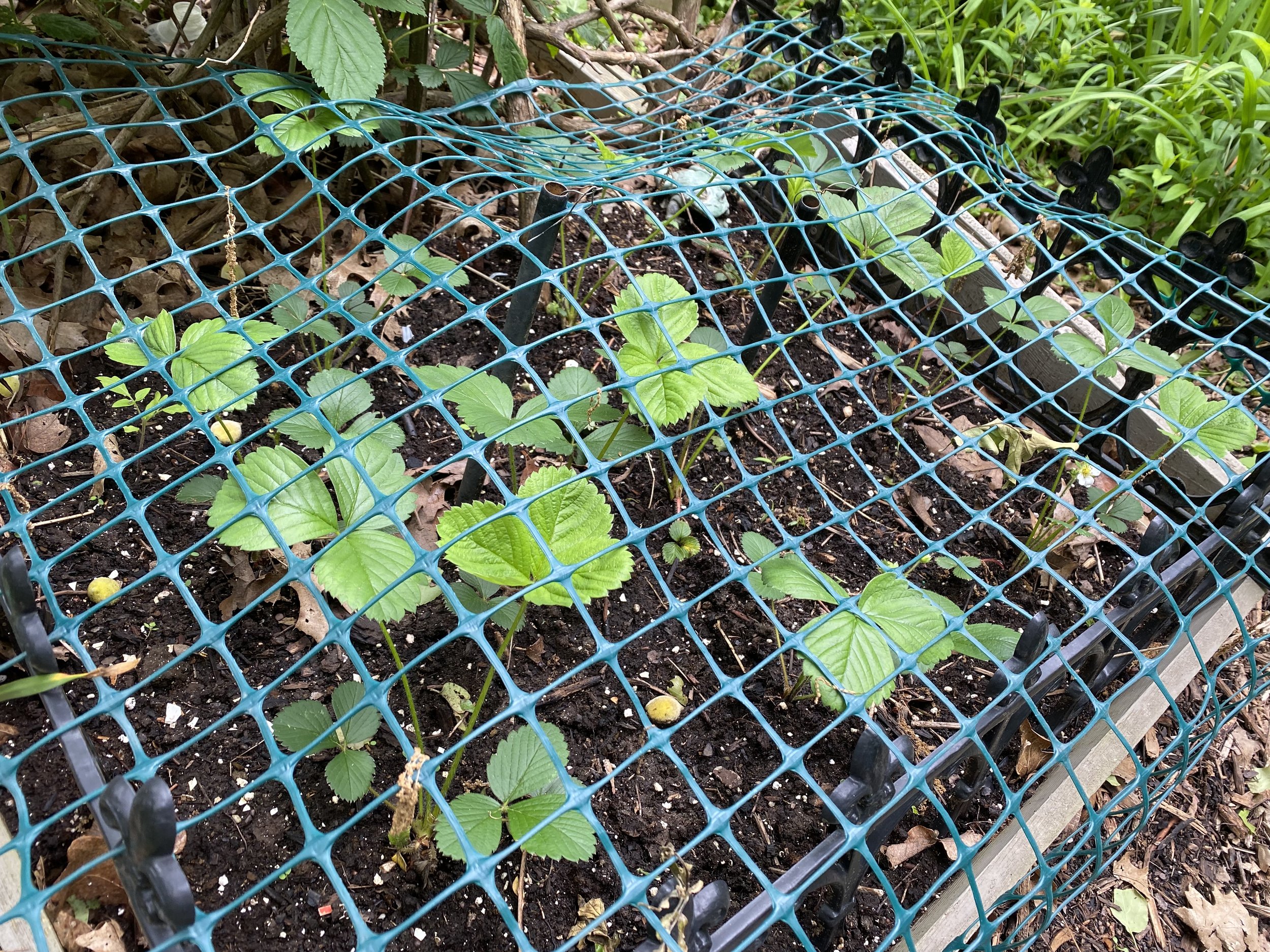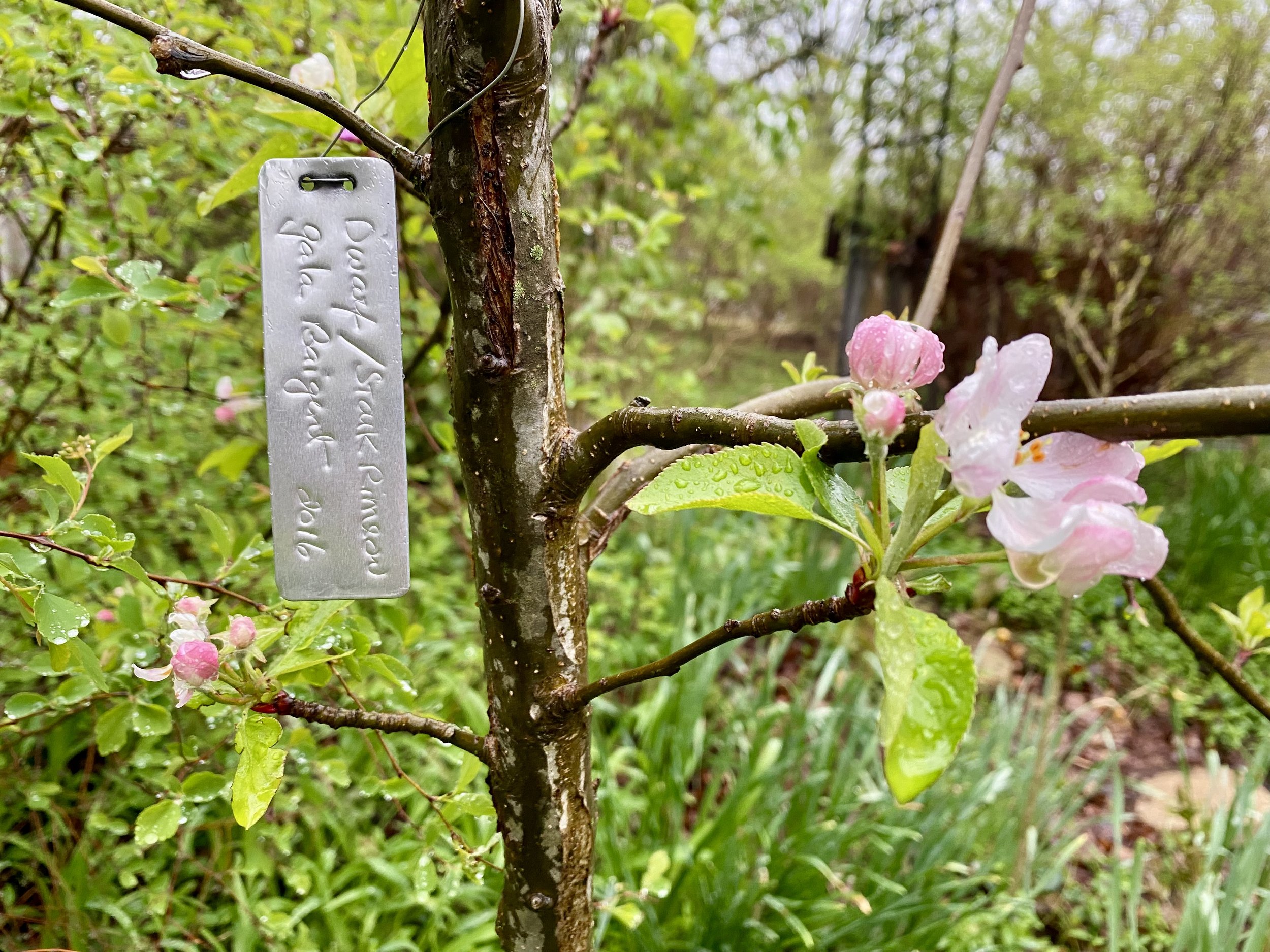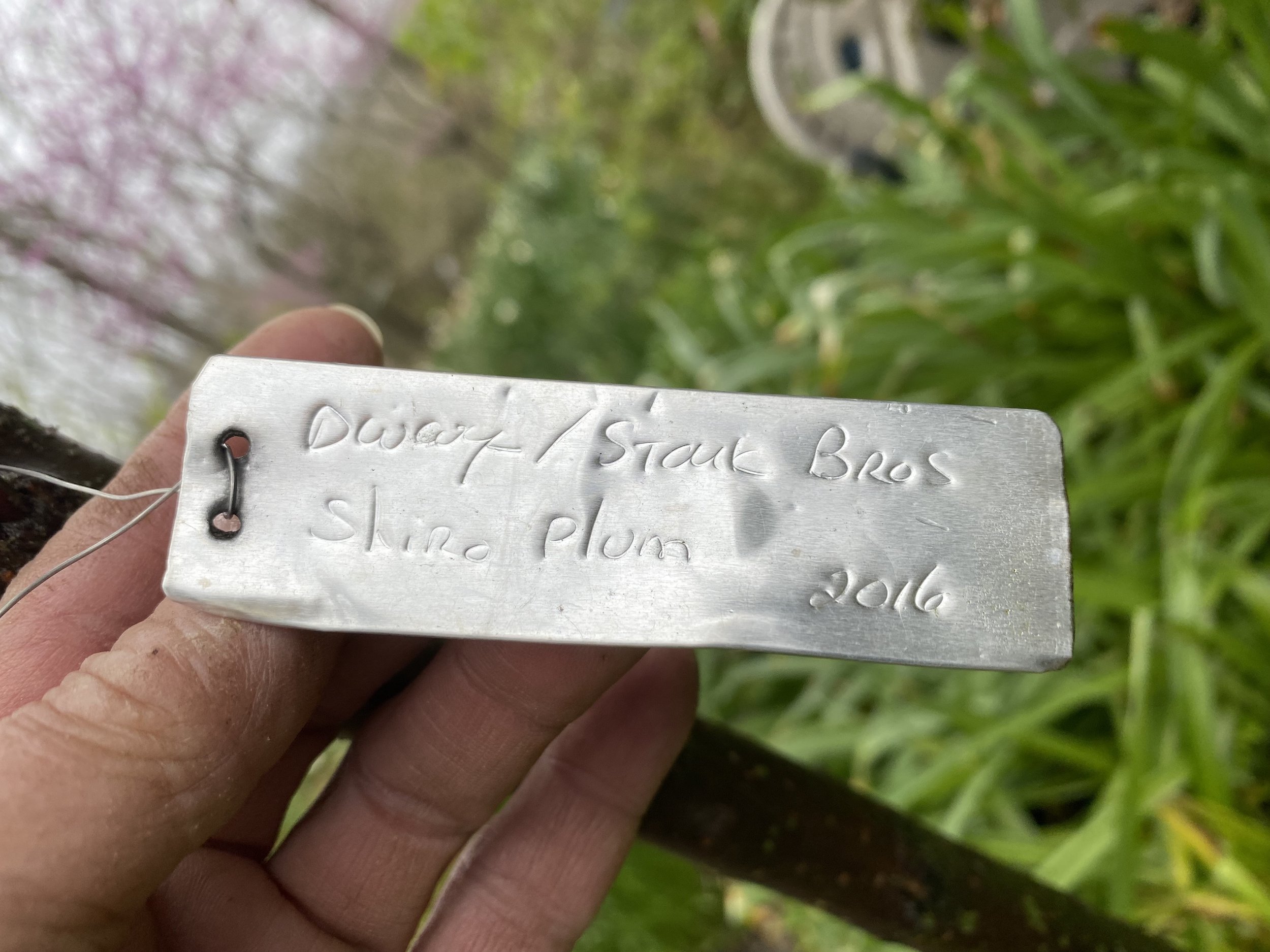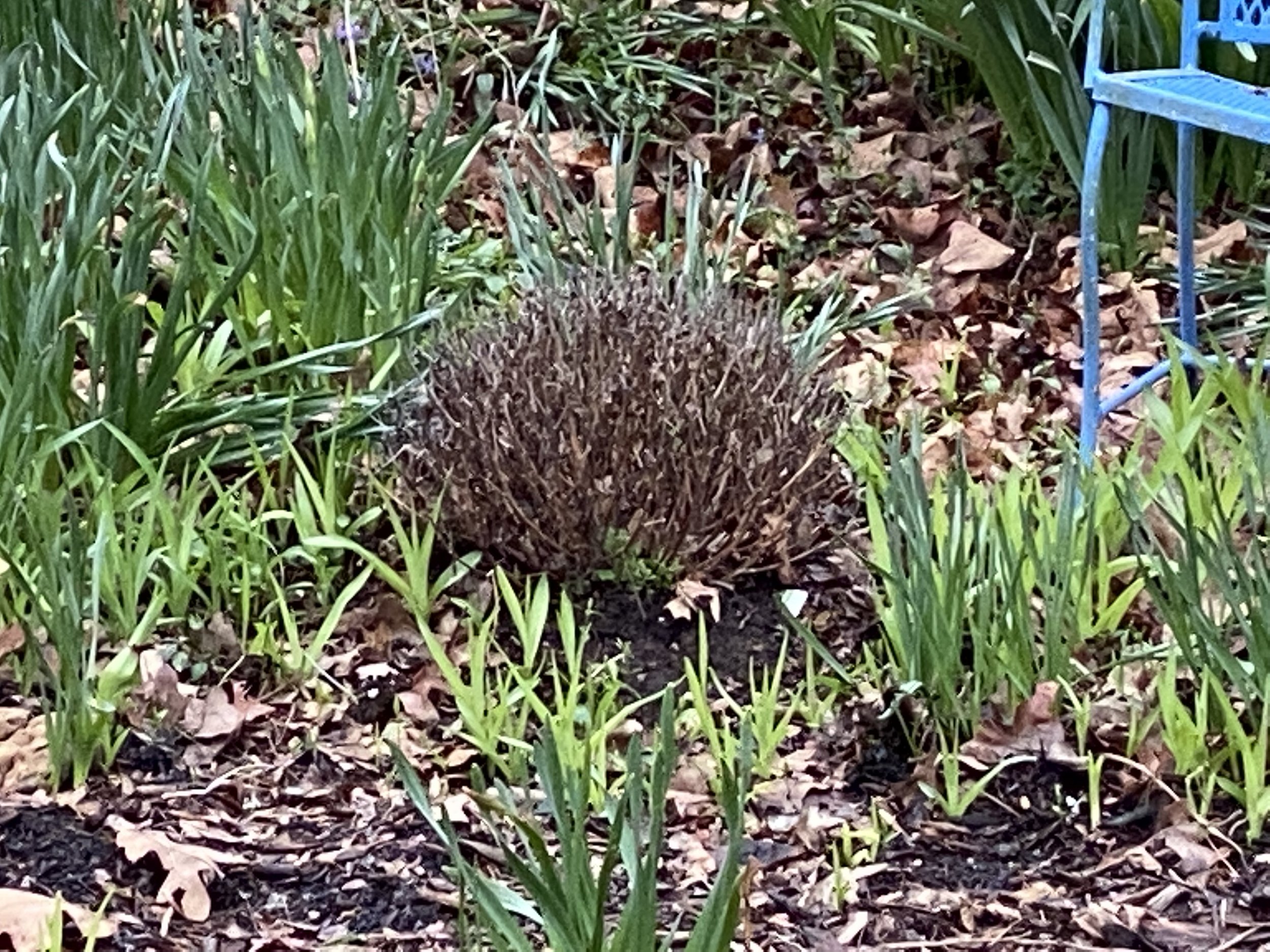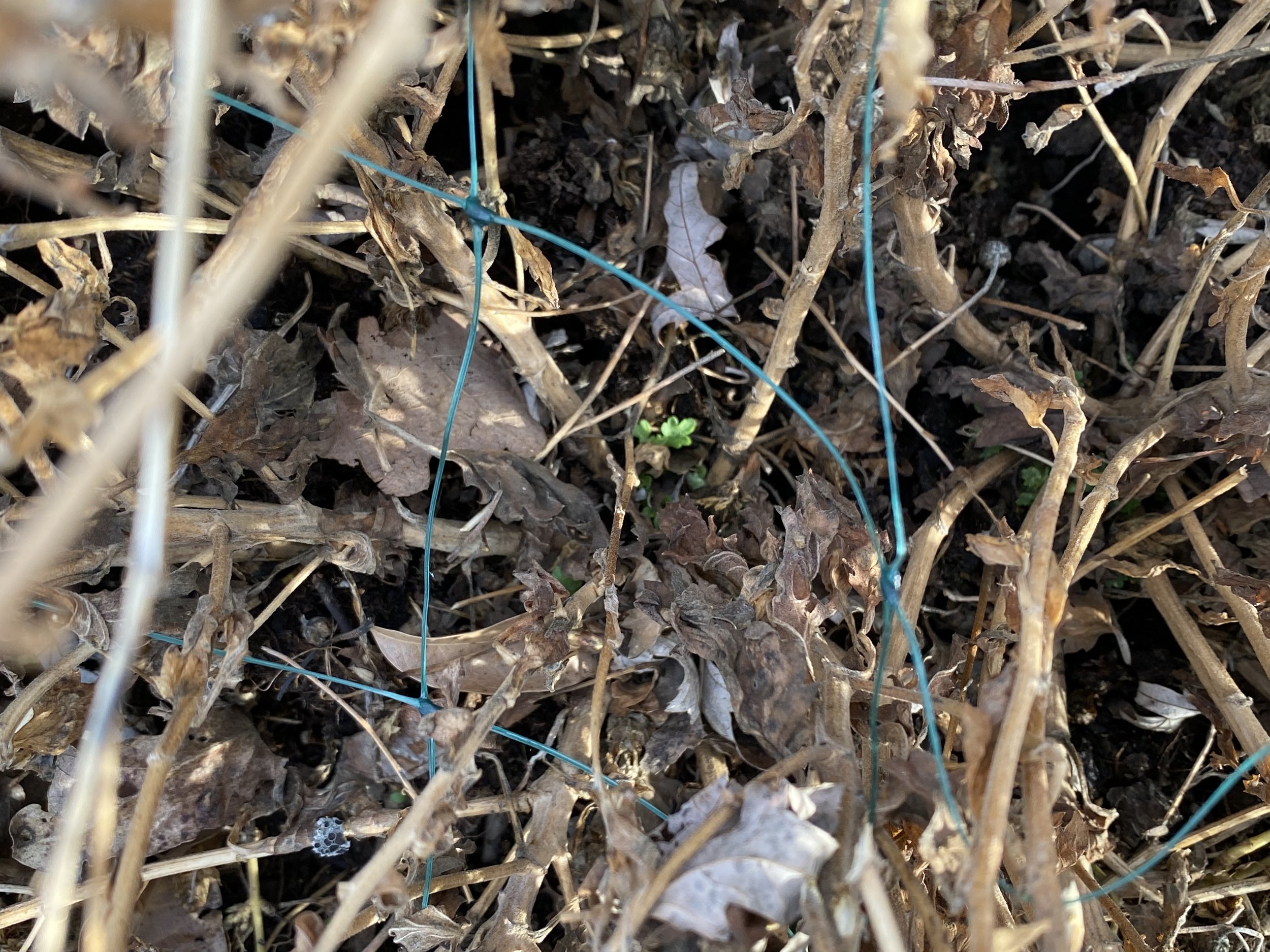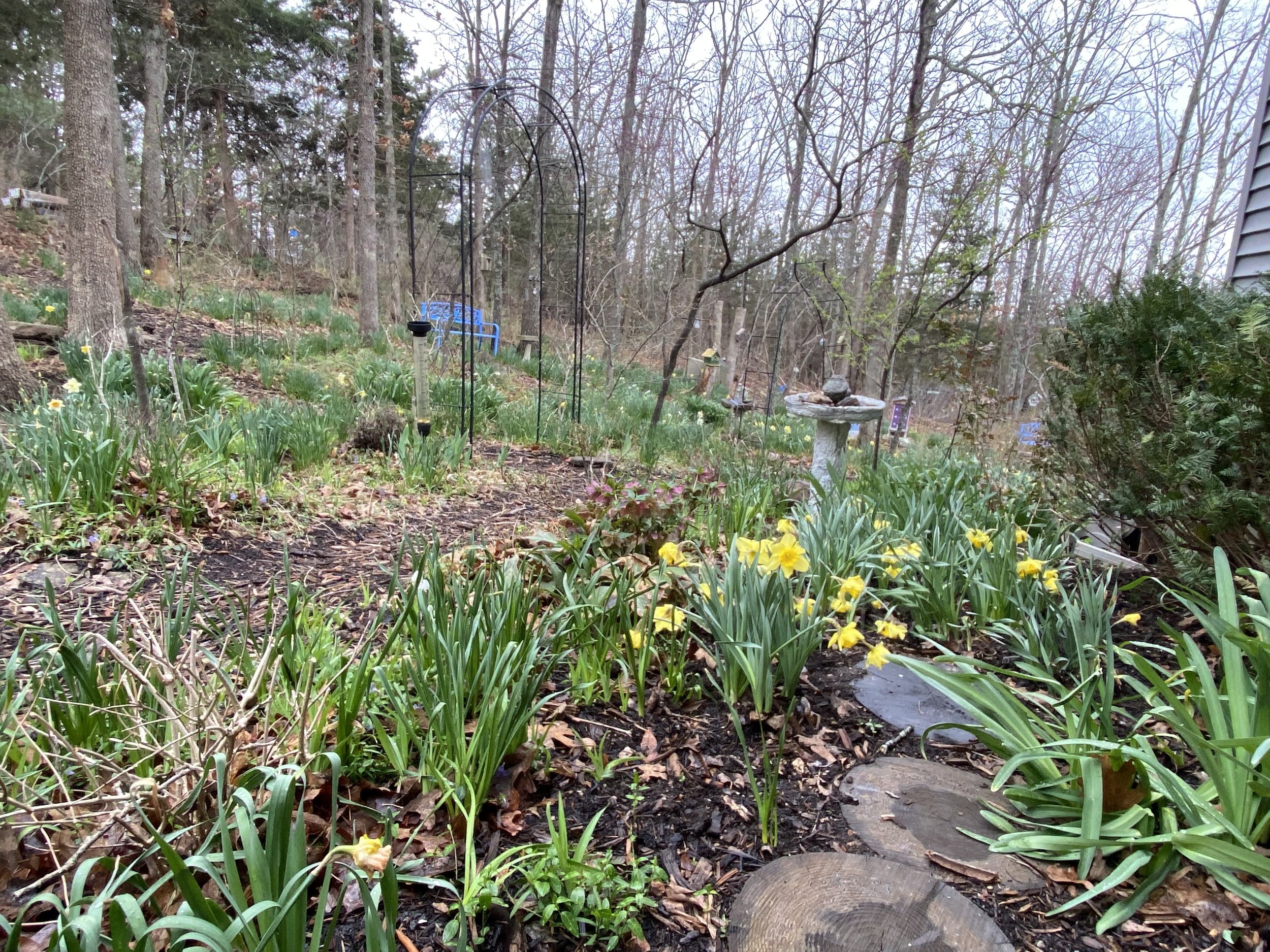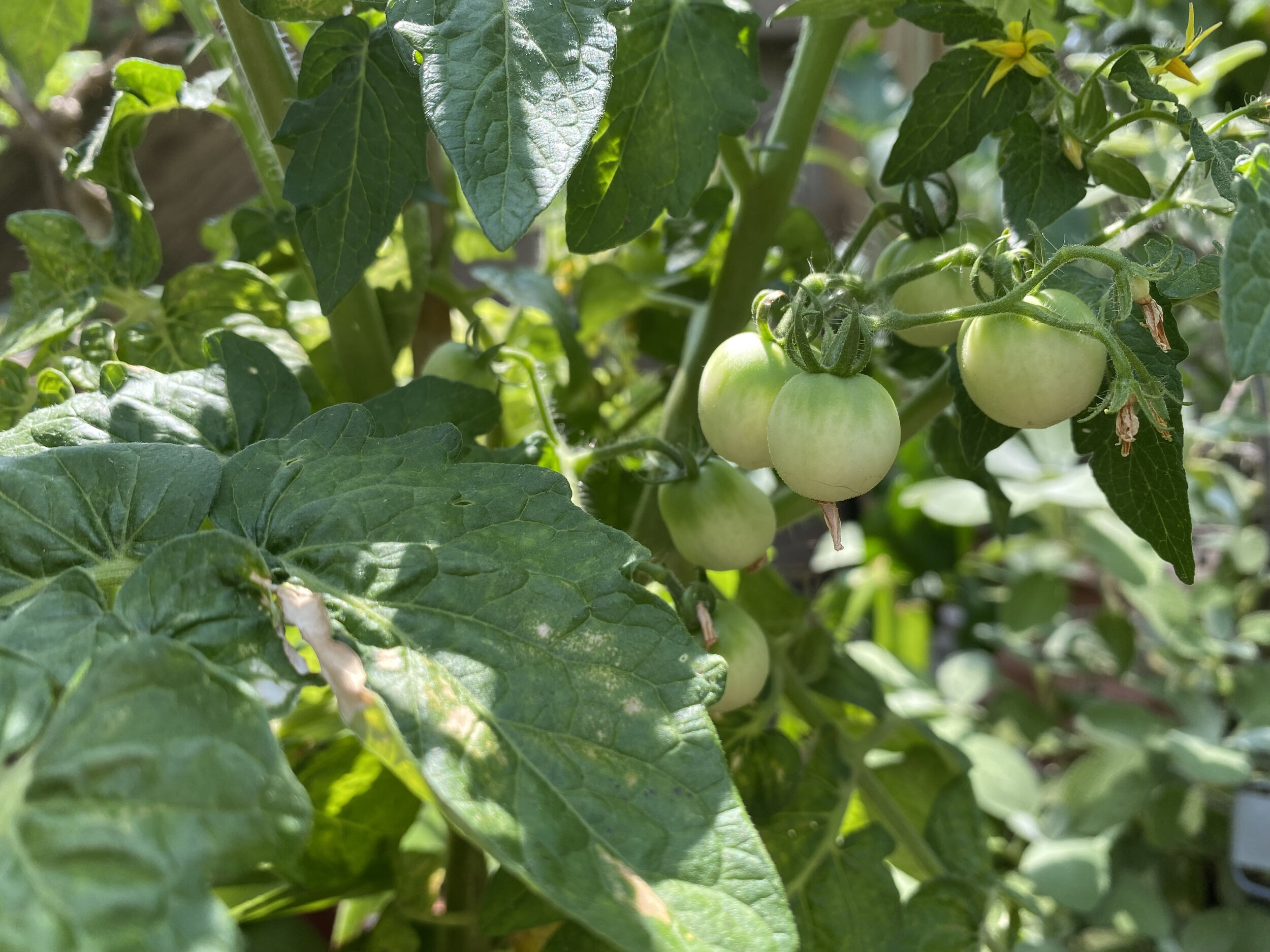Late Frost Protection
/some of the easy ways to protect seedlings from a late frost. (charlotte ekker wiggins photo)
Late Frost Protection
Every spring I do it, too, I get plants started outside too early. Even though our average temperatures are warming overall, our last recommended hard frost date for USDA Hardiness zone 6b is still early May or US Mother's Day May 10.
So it’s no surprise that I find myself having to protect plants started, or taken, outside.
Here are some ideas on how to help outside plants through this last spate of cold weather:
Monitor Weather Forecasts: Check your weather forecasts daily noting the danger of frost. Forecasts can change quickly so stay on top of forecast changes.
Water Plants Before Sunset: Watering the soil around your plants before sunset can help them retain heat overnight. Moist soil releases heat more slowly than dry soil, which can provide some protection against frost.
Mulch Around Plants: Apply a layer of mulch around the base of your plants to help retain soil moisture and regulate soil temperature. This can provide some insulation to the roots and protect them from frost damage.
Provide Windbreaks: Wind can exacerbate the effects of frost, so providing windbreaks such as fences or hedges can help protect plants. These barriers can help reduce heat loss and create a more sheltered environment.
Cover Vulnerable Plants: Use plant saucers on top of pots to give young plant starts cold weather protection. Bedsheets, blankets and yes, even coats can help protect plants; cover vulnerable plants before sunset to retain heat.
Use Plant Covers: Install row covers, cold frames or plastic totes over your garden beds to create a protective barrier against frost. These covers can trap heat and create a microclimate that is warmer than the surrounding air.
Bring Potted Plants Indoors: If you have potted plants that are susceptible to frost damage, bring them indoors or place them in a sheltered area such as a garage or porch until frost danger is passed.
For more gardening, beekeeping, cooking and easy home decor tips, subscribe to Garden Notes.
Charlotte

